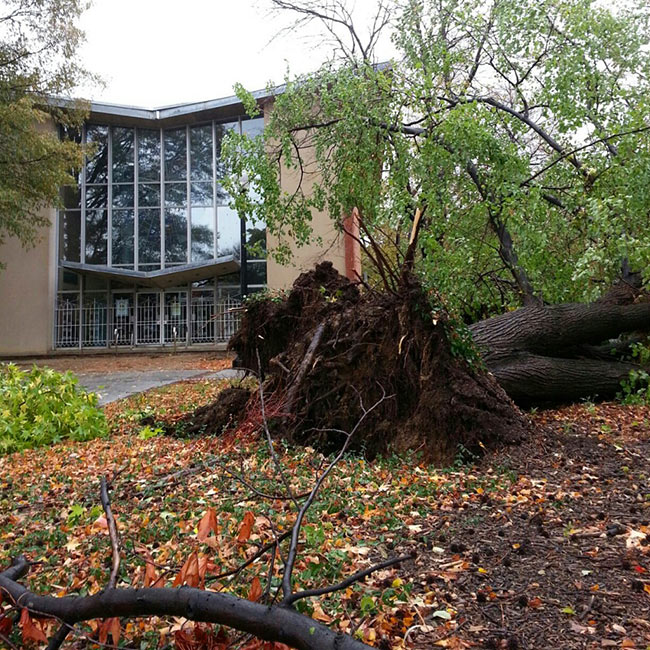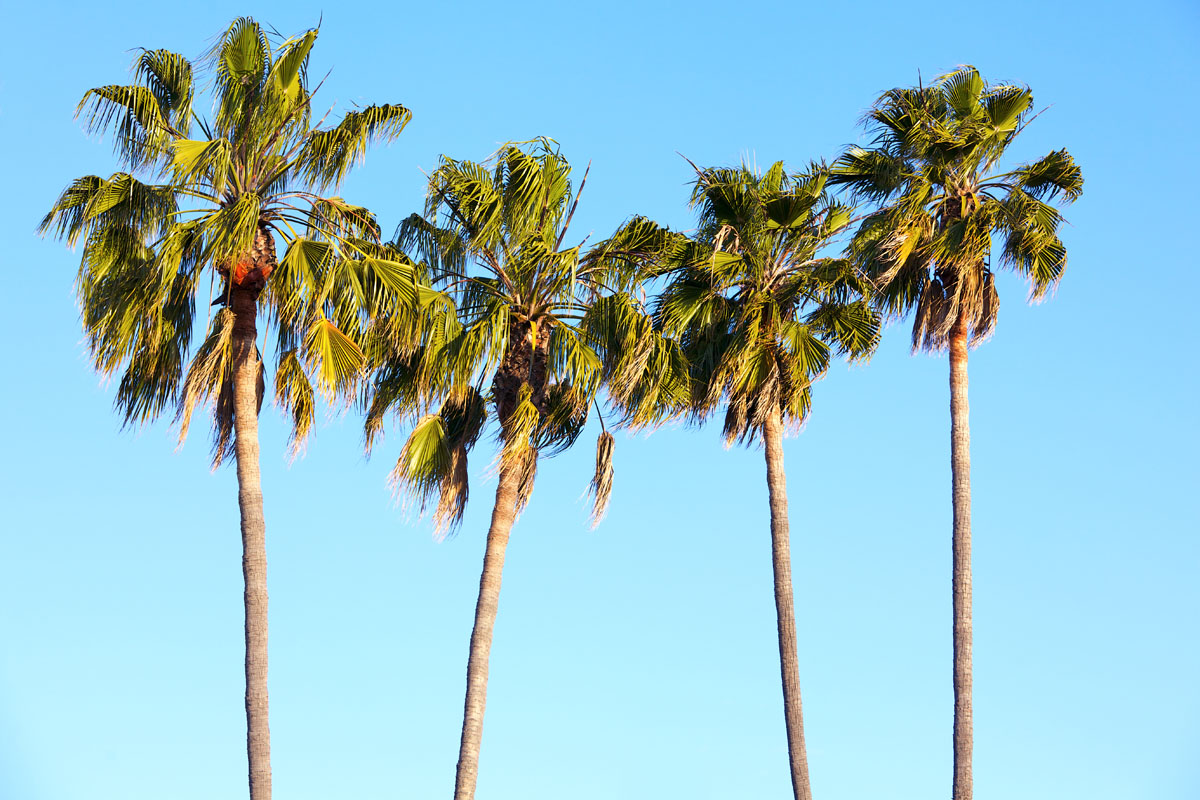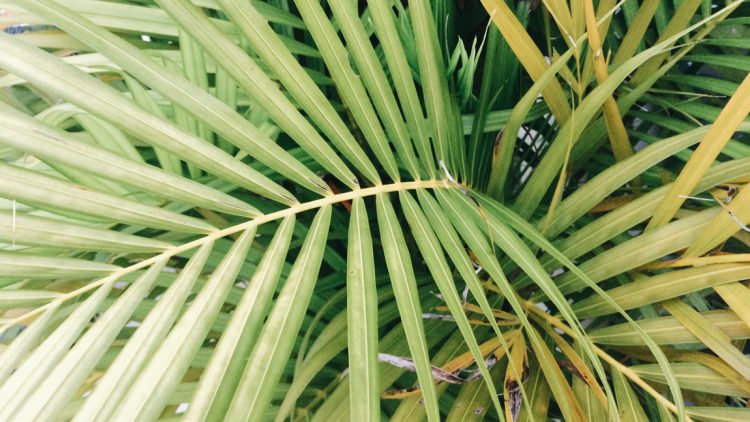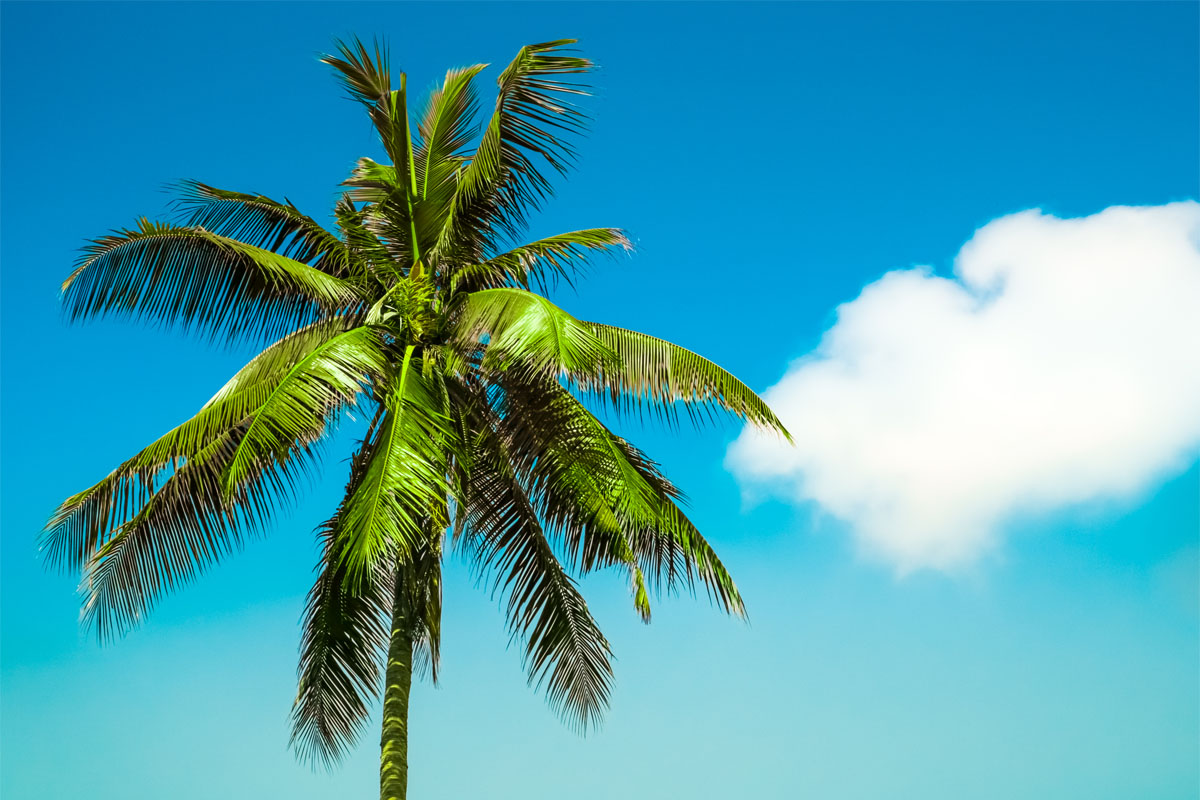Do Palm Trees Grow In The Winter?
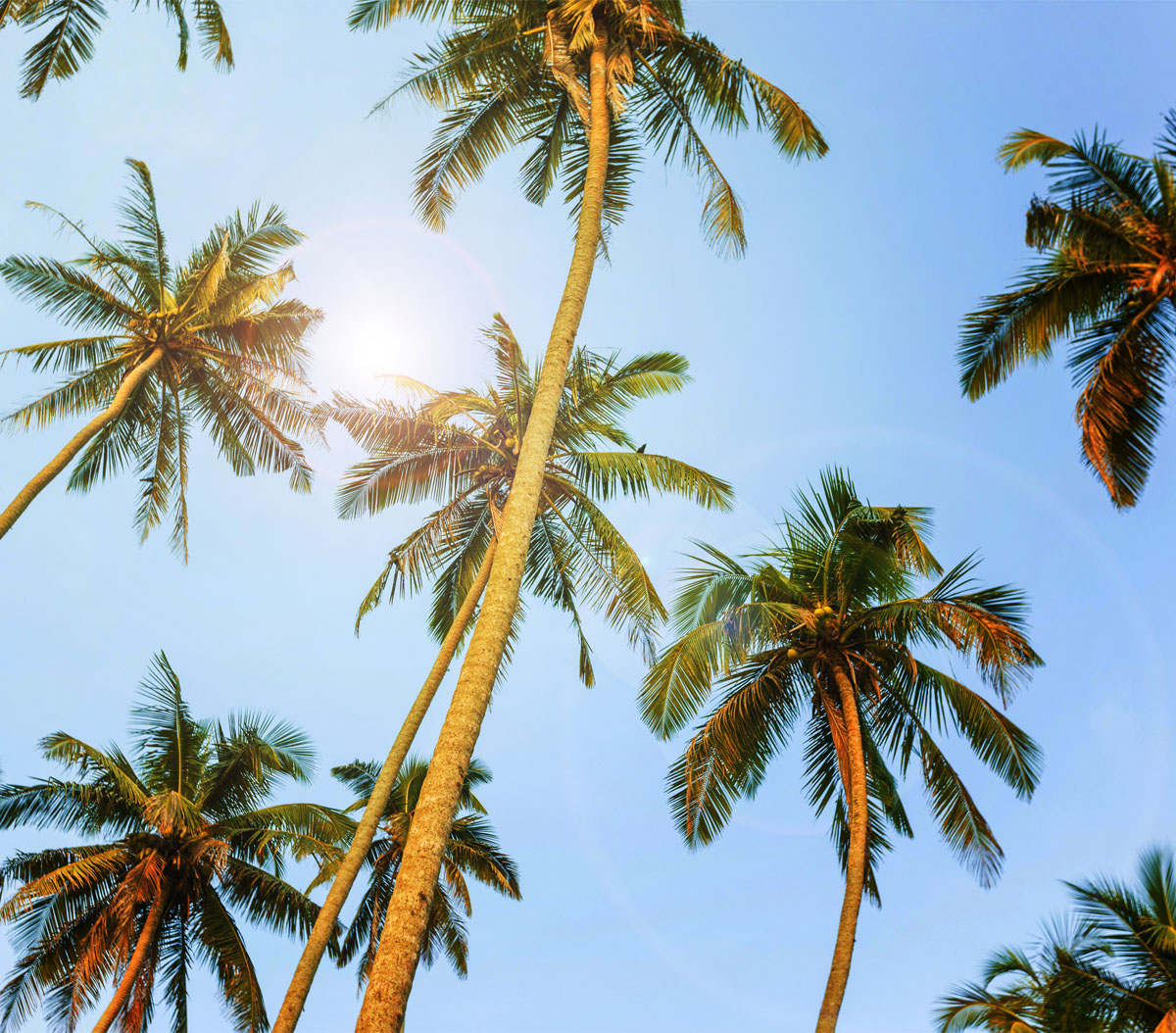
Yes, certain types of palm trees can survive and even grow during winter, depending on the climate and the palm variety. Most palm species thrive in warm climates, but there are hardy varieties that can tolerate cold weather and even light snow. Some of these cold-hardy palms include:
- Windmill Palm (Trachycarpus fortunei) – Tolerates temperatures as low as 5°F (-15°C).
- Needle Palm (Rhapidophyllum hystrix) – One of the most cold-hardy palms, tolerating temperatures as low as -5°F (-20°C).
- Saw Palmetto (Serenoa repens) – Can withstand temperatures down to around 10°F (-12°C).
While these hardy types may survive winter in colder regions, they don’t grow as actively. Growth typically slows down or stops, especially in temperatures below 50°F (10°C). In warmer winter climates, like in Florida or parts of California, palms may continue slow growth year-round.
What Are Windmill Palm Trees?
Windmill palms (Trachycarpus fortunei) are a hardy, slow-growing species of palm tree native to parts of China, Japan, and Myanmar. Known for their cold tolerance, they are one of the few palm species that can thrive in cooler climates, enduring temperatures as low as 5°F (-15°C). This resilience makes them a popular choice for gardeners in temperate regions who want a tropical look despite colder winters.
Key Characteristics:
- Appearance: Windmill palms have a slender trunk covered in coarse, fibrous material, which gives them a unique, textured look. Their fan-shaped fronds grow in a rounded, dense canopy atop the trunk, creating the “windmill” effect.
- Size: These palms can reach heights of 10 to 40 feet (3 to 12 meters) at maturity, with fronds that can span up to 3 feet wide.
- Growth Rate: They are relatively slow-growing compared to other palms, often growing around a foot (30 cm) per year.
- Ideal Growing Conditions: Windmill palms prefer well-drained soil and partial shade to full sun. They are adaptable but need protection from strong, cold winds.
Windmill palms are popular for adding an exotic touch to gardens in zones as cold as USDA zone 7, making them one of the most versatile palms for landscaping.
What Are Needle Palm Trees?
Needle palm trees (Rhapidophyllum hystrix) are a small, shrubby palm species native to the southeastern United States. Known for being one of the most cold-hardy palm trees in the world, they can withstand temperatures as low as -5°F (-20°C), making them an excellent choice for gardeners in colder regions who want to incorporate a touch of tropical greenery.
Key Characteristics:
- Appearance: Needle palms have a clumping growth habit, with multiple short trunks or stems and large, fan-shaped leaves. The leaves are dark green and stiff, with pointed tips, and can grow up to 3-4 feet (0.9-1.2 meters) wide. The trunk is often hidden by dense, needle-like spines, which give the tree its name and offer a natural defense against animals.
- Size: They are relatively compact and slow-growing, usually reaching a mature height of around 3 to 6 feet (0.9 to 1.8 meters) and spreading out to form a wide, bushy clump.
- Growth Rate: Needle palms grow slowly, adding only a few inches per year, especially in cooler climates.
- Ideal Growing Conditions: They thrive in USDA zones 6 through 10, preferring partial shade but tolerating full sun in cooler regions. They are also highly adaptable to different soil types, provided the soil is well-drained.
Needle palms are often used as low-maintenance, cold-tolerant additions to gardens and landscapes, providing a tropical aesthetic even in climates that experience frosty winters. The spiny needles also make them an excellent choice for natural barriers in landscaping.
What Are Saw Palmetto Trees?
Saw palmetto trees (Serenoa repens) are a small, hardy palm species native to the southeastern United States, particularly Florida and coastal areas along the Gulf of Mexico. Known for their dense, sprawling growth and fan-shaped leaves, they are extremely resilient and well-adapted to sandy soils, coastal environments, and even occasional frost. Saw palmettos are named for the sharp, saw-like teeth along their stems, which serve as natural protection.
Key Characteristics:
- Appearance: Saw palmettos are shrubby palms with fan-shaped fronds that grow directly from the base. Their leaves are typically blue-green to silvery-green, with each frond spanning up to 3 feet (0.9 meters) wide. The trunks can be either prostrate (growing along the ground) or short and upright, depending on the variety and environment.
- Size: These palms are usually small, reaching heights of around 5 to 10 feet (1.5 to 3 meters), although older plants can spread wide, creating a dense thicket.
- Growth Rate: Saw palmettos are very slow-growing, sometimes taking decades to reach full size.
- Ideal Growing Conditions: These palms thrive in USDA zones 7 through 11 and are well-suited for full sun to partial shade. They are highly drought-tolerant and can handle poor, sandy, or rocky soils, making them ideal for coastal and dry areas.
Saw palmettos are popular in landscaping for their resilience and low-maintenance needs, providing a durable, tropical look to gardens and yards. In addition to their ornamental appeal, their berries have also been used medicinally, particularly for prostate health in men.
Palm Trees in Phoenix, Tempe, & More
We offer palm tree trimming services in the Phoenix, Mesa, Scottsdale, and surrounding areas. As an added bonus we are experienced and certified arborists, which means that we will do our best to restore your tree to its former health. However, we do know that this is not always possible in every situation which is why we also offer palm tree removal services to keep you and your property safe from harm. Worried about how much it is going to cost? Check out our palm tree trimming cost guide.


